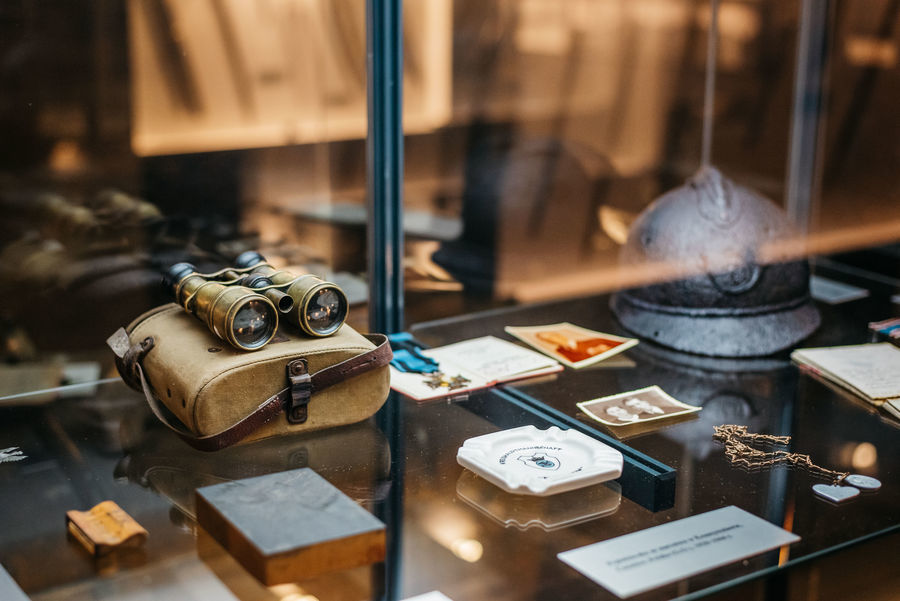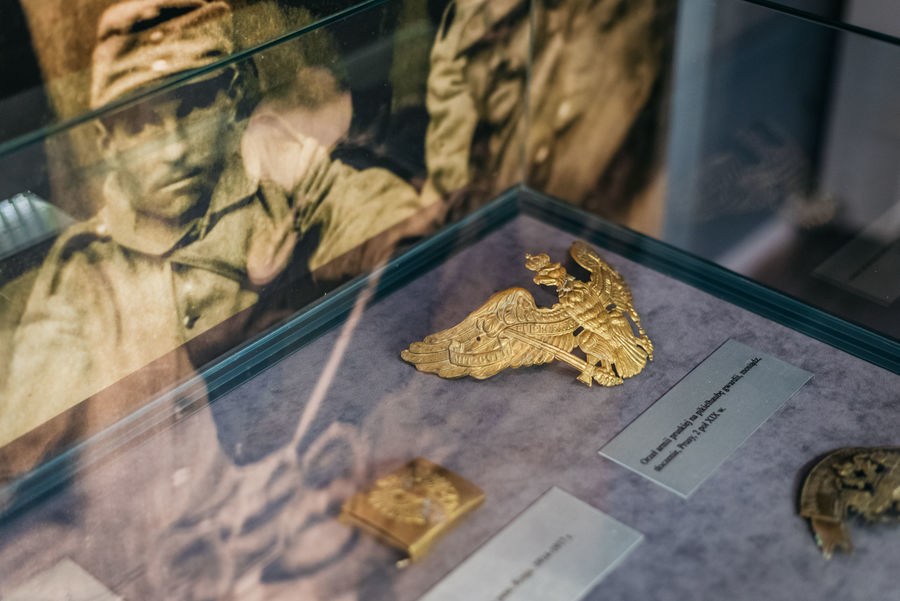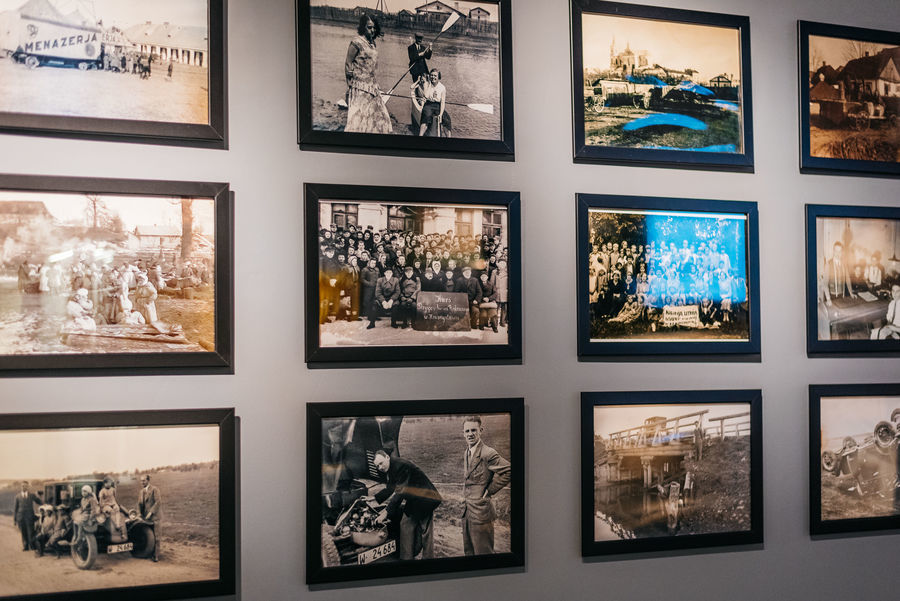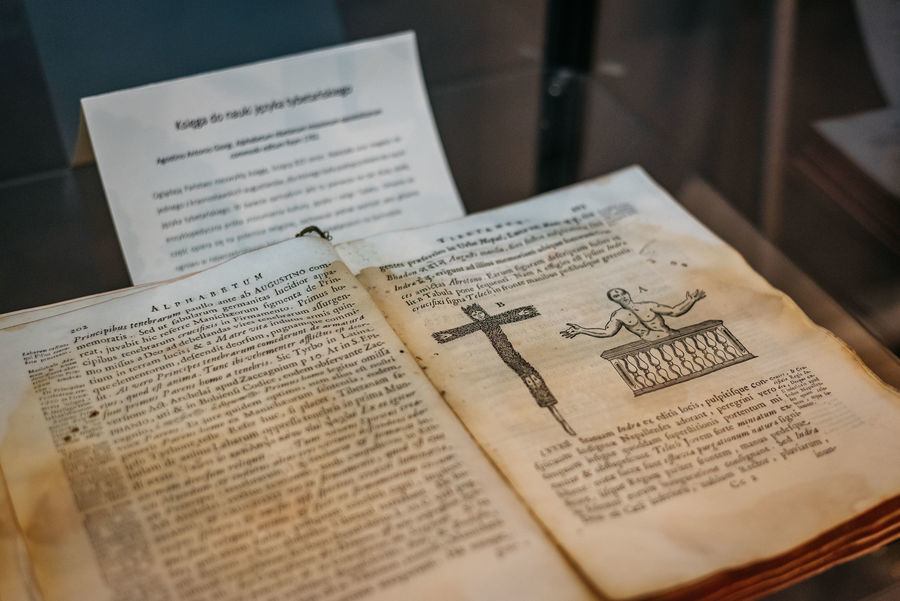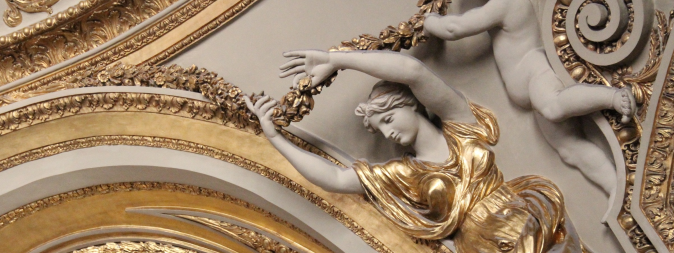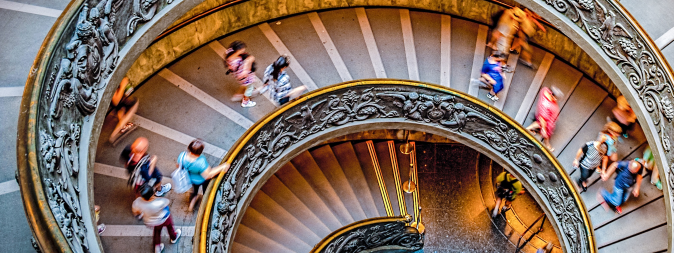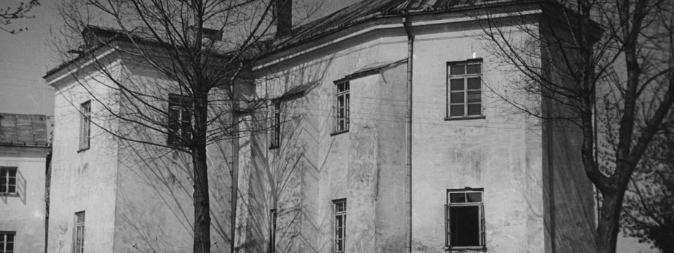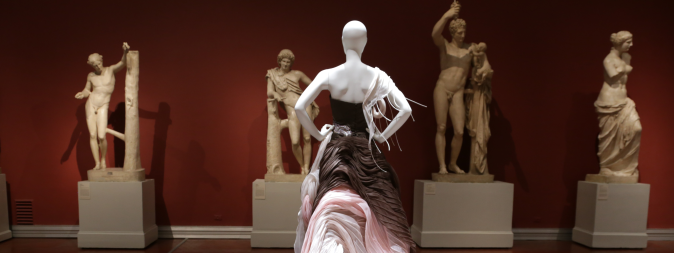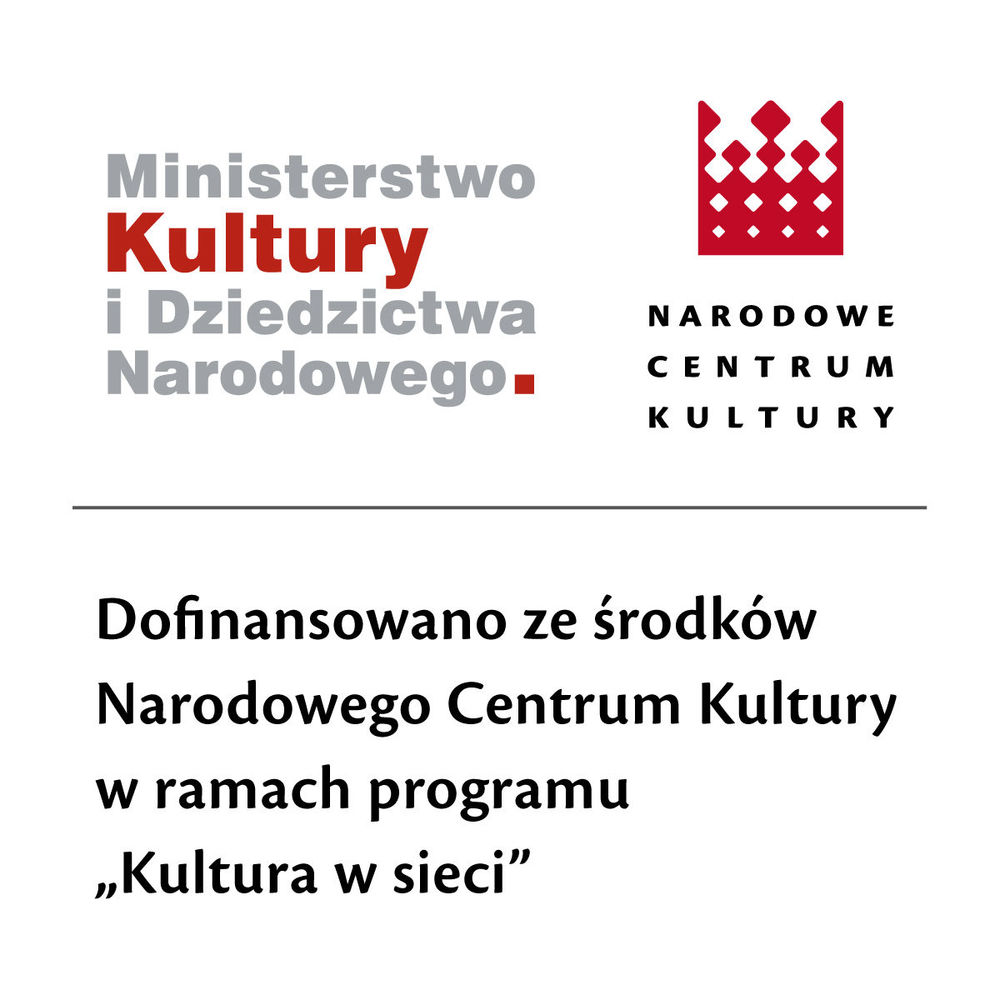Permanent exhibitions
History of Krasnystaw and the surrounding area from the 14th till the 20th century
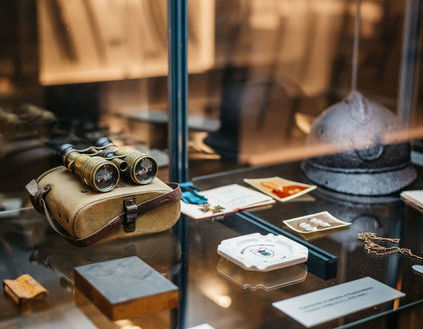
Spanning the history of Krasnystaw from the days a small settlement called Szczekarzów received the Magdeburg rights in 1394 till 1989, this exhibition contains about 500 objects. They include: Old prints, stamping seals, engravings, paintings, maps, banners, photographs, postcards, medals, coins, ordnance, as well as clay vessels and iron heads of battle axes dating back to the pre-location period.
Wśród najciekawszych eksponatów warto wymienić te związane z obecnością w Krasnymstawie (od końca XV do początku XIX wieku) biskupów chełmskich, jak epitafium wykonane z piaskowca z herbem Stanisława Gomolińskiego z początku XVII wieku. Na wystawie znajdują się również liczne dokumenty od XVII do XX wieku (np. z kancelarii króla Stanisława Augusta, wspomnianych wcześniej biskupów chełmskich, starostów krasnostawskich, czy władz miejskich). Na mapie wydanej we Francji w 1665 roku, a przedstawiającej Ruś Czarną, można zobaczyć nieistniejący już dzisiaj duży staw, od którego Krasnystaw wziął swoją nazwę.
Prezentowane są również starodruki z XVI - XVIII wieku z dawnych bibliotek funkcjonujących przy zakonach augustianów, jezuitów oraz kapitule Wydawane po łacinie, pochodzą z zachodnioeuropejskich drukarni w Antwerpii, Amsterdamie, Paryżu i Wenecji. Wśród nich na wyróżnienie zasługują: "De vita Caesarum" Swetoniusza z 1592 roku oraz "De conscientia et eius jure vel cosibus" z 1631 roku ozdobione herbem Pilawa, a będąca darem starosty krasnostawskiego Michała Potockiego dla zakonu jezuitów. Innym ciekawym drukiem na wystawie jest pochodzące ze zbiorów ziemiańskiej rodziny Smorczewskich dzieło Ludovico Ariosto pt. "Orlando Furioso' wydane w Wenecji w 1730 roku. Wcześniej należało ono do książąt Borghese.
Wśród monet polskich i obcych od końca XIV do XX wieku (zarówno srebrnych jak i złotych) można zobaczyć m.in. złoty dukat węgierski z XV wieku, również złote monety z okresu panowania Stefana Batorego, Jana Kazimierza, Jana Sobieskiego oraz wybijane na zlecenie Rządu Narodowego w czasie Powstania Listopadowego. Na uwagę zasługują pierwsze polskie banknoty wydane w okresie Powstania 1794 roku. Ciekawostką na wystawie jest niewątpliwie XIX wieczny srebrny kubek z również srebrną monetą z oblężonego Zamościa.
Na ekspozycji znajdują się także obiekty związane z osobą księcia Józefa Poniatowskiego m.in. jego portret w młodym wieku pędzla Józefa Grassiego, oraz filiżanka i łyżeczka z jego wizerunkiem. Można również oglądać eksponaty związane z działalnością na terenie miasta cechów rzemieślniczych, wśród nich żelazną skrzynię z końca XVIII wieku i sztandar z 1865 roku. Z okresu Powstania Styczniowego pochodzą: proporczyk oddziału powstańczego, kosy bojowe i haftowany koralikami orzeł.
Najstarsze fotografie ukazują Krasnystaw i jego mieszkańców przed wybuchem i podczas I wojny światowej, podczas której centrum miasta zostało częściowo zniszczone. Wśród eksponatów z okresu międzywojennego warto wymienić sztandar Stronnictwa Ludowego oraz tablicę informacyjną Powiatowego Związku Kombatantów. Okres drugiej wojny światowej ilustrują m.in. prasa konspiracyjna, obwieszczenia niemieckich władz okupacyjnych oraz plan ataku na więzienie w Krasnymstawie z 1943 roku autorstwa dowódcy akcji Stanisława Sokołowskiego, zamordowanego w listopadzie 1945 roku przez funkcjonariuszy Urzędu Bezpieczeństwa. Koniec okupacji niemieckiej, a jednocześnie początek komunizmu to m.in. fotografie wkraczających do miasta w lipcu 1944 roku żołnierzy armii gen. Zygmunta Berlinga oraz wykonane po powrocie z Syberii w 1946 roku żołnierzy Batalionów Chłopskich, wywiezionych w 1944 roku. Natomiast okres późnego PRL-u reprezentują znaczki pocztowe podziemnej "Solidarności" oraz fotografie ukazujące pochód pierwszomajowy krasnostawskiej młodzieży alternatywnej 1 maja 1989 roku.




